Mineral and Energy Resources
Mineral and Energy Resources is the Chapter of Social Science of Class 10 and this Chapter covers the whole syllabus of the class 10.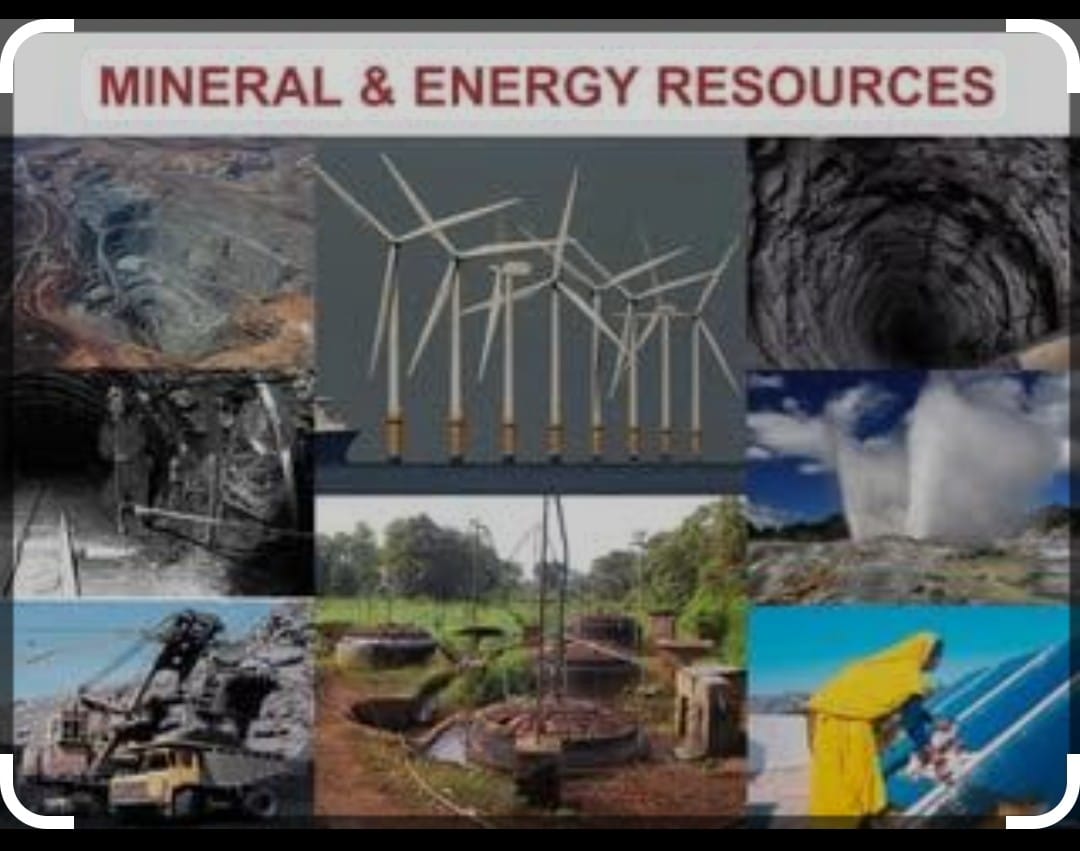
Metal are the substances which are found naturally in the earth crust with the definable internal structure.
ORE:
when these minerals are extracted with the economic and profitability point of view is called ore.
Classification of Mineral: Minerals are classified into three categories. A) Metallic B)NON- Metallic C) Energy Mineral
METALLIC:
It is consisting of ferrous in which iron is present such as iron, manganese, nickel, cobalt etc. Non-Ferrous in which iron is not present foe example is copper, lead, tin, aluminum, there are some precious metal like gold, silver, platinum.
NON-METALLIC:
Those mineral in which metal is not present is called nonmetallic such as mica, potash, limestone, marble and sandstone.
ENERGY MINERAL:
The minerals through which energy is supplied are the energy minerals such as coal, petroleum as well as natural gas
MAIN SOURCES OF MINERAL
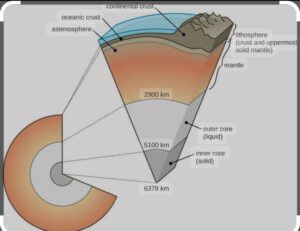
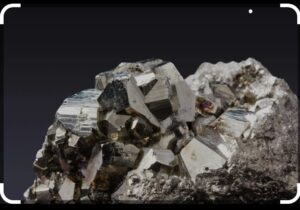
There are different sources to obtain minerals by the different means
a) From Ocean Water we get common salts, magnesium, bromine.
b) Alluvial deposits or placer deposits give us gold, silver. platinum,
c) By the sedimentary rocks it gives coal, potash sodium salt
d) Bauxite of is obtained from of surface of rocks.
e) Tin, copper, zinc, lead are obtained from Igneous and metamorphic rocks.
The extraction of useful and commercially minerals by digging down the earth surface is called mining. It is very harmful and dangerous industry because the resources are digged out from the earth by making the pits is very risky task for the workers as many a time poisonous gases are leaked or cause flood in the mines or collapsing of mine roof which causes great health issues.
MAIN MINERALS:
IRON:
It is a basic mineral backbone for the development of any country the magnetite ore which is having 70% iron having excellent magnetic quality useful in making electrical industry, hematite ore having 55% iron having great industrial importance.
Mostly found in Odissa, Chhattisgarh, Karnataka, Jharkhand. i.e. Odissa- Jharkhand belt , Durg- Bastar-Chandrapur Belt , Ballari-Chitradurg-Chikkamagaluru belt, Maharashtra -Goa belt
MANGANESE:
It is the mineral used in manufacturing of steel, Bleaching powder, pesticides and paint. found in Maharashtra Goa belt, Madhya Pradesh Karnataka Odissa.
COPPER:
It is very important mineral which is malleable, ductile and very good conductor of heat and electricity used in manufacturing of electrical appliances, electronic and chemical industry . Andhra Pradesh , Balaghat (MP),Singhbhum (Jharkhand) , Khetri ( Rajasthan) .
ALUMINUM:
The main ore is bauxite having the strength like iron but having extremely light weight, good conductor of heat and electricity with great malleability characteristics. Odissa is the largest producer Panchpatmali is the most important district , Gujarat, Jharkhand, Chhattisgarh.
MICA:
It has very excellent di electric strength, tendency to loss less power having great nature of insulating properties, resistance to high voltage therefore mostly used in electrical and electronic industry.
It is found in Kodarma- Gaya – Hazaribagh belt of Bihar -Jharkhand, Ajmer in Rajasthan Nellore in Andhra Pradesh.
LIMESTONE:
It is mostly found in sedimentary rocks which is the basic raw material for cement industry, it is also used in smelting of iron in the blast furnace. It is mostly available in Rajasthan, Madhya Pradesh, Chhattisgarh, and Karnataka.
POWER MINERAL
There are two sources of Energy
a) conventional sources of energy
b) non-conventional sources of energy
CONVENTIOAL SOURES OF ENERGY the main source are.
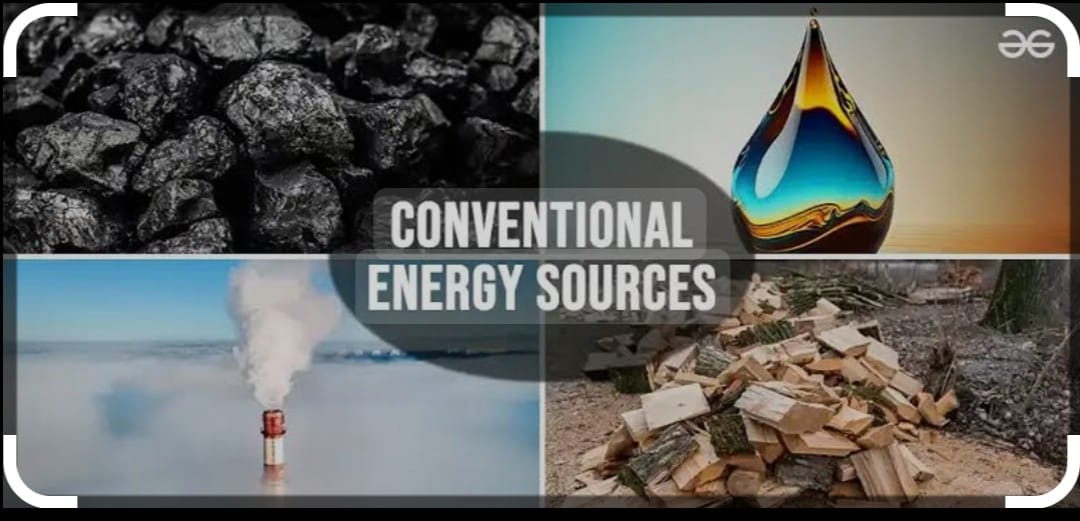
COAL:
It is a fossil fuel. Lignite coal is used in producing electricity Bituminous coal is popular for Commerical use Anthracite is the best quality of coal which is very hard know as black gold.
The history of coal is very old about 200 million which is Gondwana coal, west Bengal, Jharkhand , Tertiary coal of about 55 million of years Meghalaya, Assam, Andhra Pradesh and Nagaland.
PETROLEUM:
It is used as lubricants for machinery, raw material for number of industries such as ,textile, fertilizers and many other chemical industries mostly found in Mumbai High, Gujarat in Ankaleshwar , Assam in Digboi ,Naharkatiya , Moran Hugnjan.
NATURAL GAS:
It is the source of clean energy mostly used as raw material in Petro chemical industries, it is also used as fuel for vehicles. It is extracted from Kashina Godavri basin, Gulf of Cambay at Mumbai High, Andaman -Nicobar Island.
The major pipeline is 1700 km long passes through Hazira – Vijaipur – Jagadishpur which links Mumbai High and Basien that is linked with many industrial complexes in the north and west of India and fertilizers and power plants.
THERMAL POWER:
In this plant electricity is produced by turning the turbine with the steam which is generated through means of coal, petrol and natural gas all the are used to produce electricity. the commonly found are Neyveli in Tamil Nādu Panki in UP Badarpur Indraprastha in Delhi.
HYDRO – ELECTRIC:
Dams are constructed on the rivers, water level is raised made to fall from high level to low such that it made to move the turbine, so power is generated in which potential energy is converted into kinetic and further changes to electric energy. the main are Bhakra Nagal Dam, Damodar Valley project Kopili hydel project.
NON- CONVENTIONAL SOURCES OF ENERGY
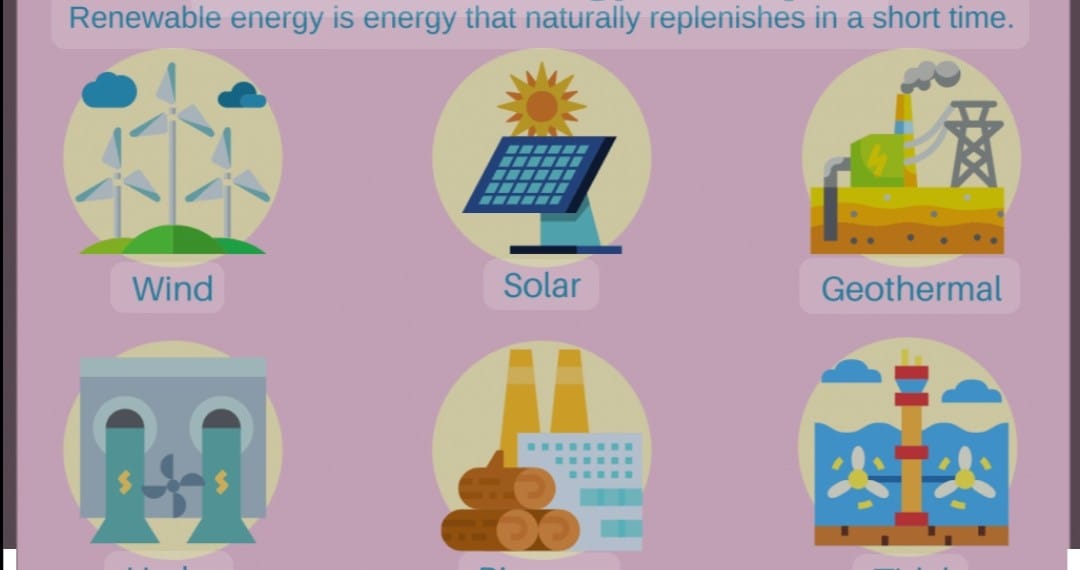
ATOMIC ENERGY:
In this large amount of heat energy is generated by altering the atomic structure of materials like Uranium, Thorium chemically. by nuclear fission under control method this heat is used to turn turbine to generate electricity.
The main Centre are Narora in UP ,Kakrapara in Gujrat ,Tarapur in Maharashtra ,Kaiga in Karnataka, Kalpakkam in Tamil Nadu.
WIND ENERGY:
Windmills are able to turn turbine to produce electricity, the cleanest energy the project are found in Nagercoil to Madurai, Jaisalmer in Rajasthan, Andra Pradesh, Karnataka Gujarat, Kerala, Lakshadweep.
TIDAL GAS:
In this process the oceanic and tidal waves are used for produccing electric power, clean form of energy at Gulf of Cambay, Gulf of Kachchh, Gangetic delta in Sundarbans in West Bengal.
GEO-THERMAL POWER:
It is a clean source of energy, it produces electricity through the heat generated from inside the earth mostly done in Manikaranin Himachal Pradesh, Puga valley in Ladhak.
SOLAR ENERGY:
It is also clean source in which Photo voltaic technology convert sunlight to electric energy
BIOGAS:
It is boon for rural aera where the degradation of the organic materials is dumped into pits to produce the biogas whose thermal efficiency is more than kerosene, dungs or charcoal finally this organic material changes into manure.
NEED TO CONSREVE THE RESOURCES:
we have to conserve our resources because due to increase in population, modernization rise in the standard of living the consumption of resource is increasing more, there is very low rate of replenish them as well as there is limited reserve more over it is producing ill effects to environment. we must use the method of4R reduce, reuse ,recycle and replace to save our environment and resources.
SOME IMPORTANT FACTS:
RAT HOLE MINING:
In the northeastern India places like Chera punji and Joawi mining is done by family members in form of long narrow tunnel though it has been declared illegal by National Green Tribunal.
KUDREMUKH:
In Kannada Kudermukh means horse the highest peak in the western ghats in Karnataka resembles to horse face similar the Bailadila hills look like humps of ox .
ALUMINIUM DESCOVERY;
when aluminum was discovered Napoleon III considered the metal very precious he used it as button in his clothes as well as utensils but after 30 years aluminums became so common that the beggars were having as the bowls.
Conclusion :Mineral and Energy Power
In Mineral and Energy Power gives the basic idea on metals and non metals their fundamental detail and location of availability the idea about different sources of energy in conventional and non conventional has also been given in this chapter.
Read More :Forests wild life and water Resources
Read More : Resources and Development
Follow us on : Facebook
Follow us on : Instagram